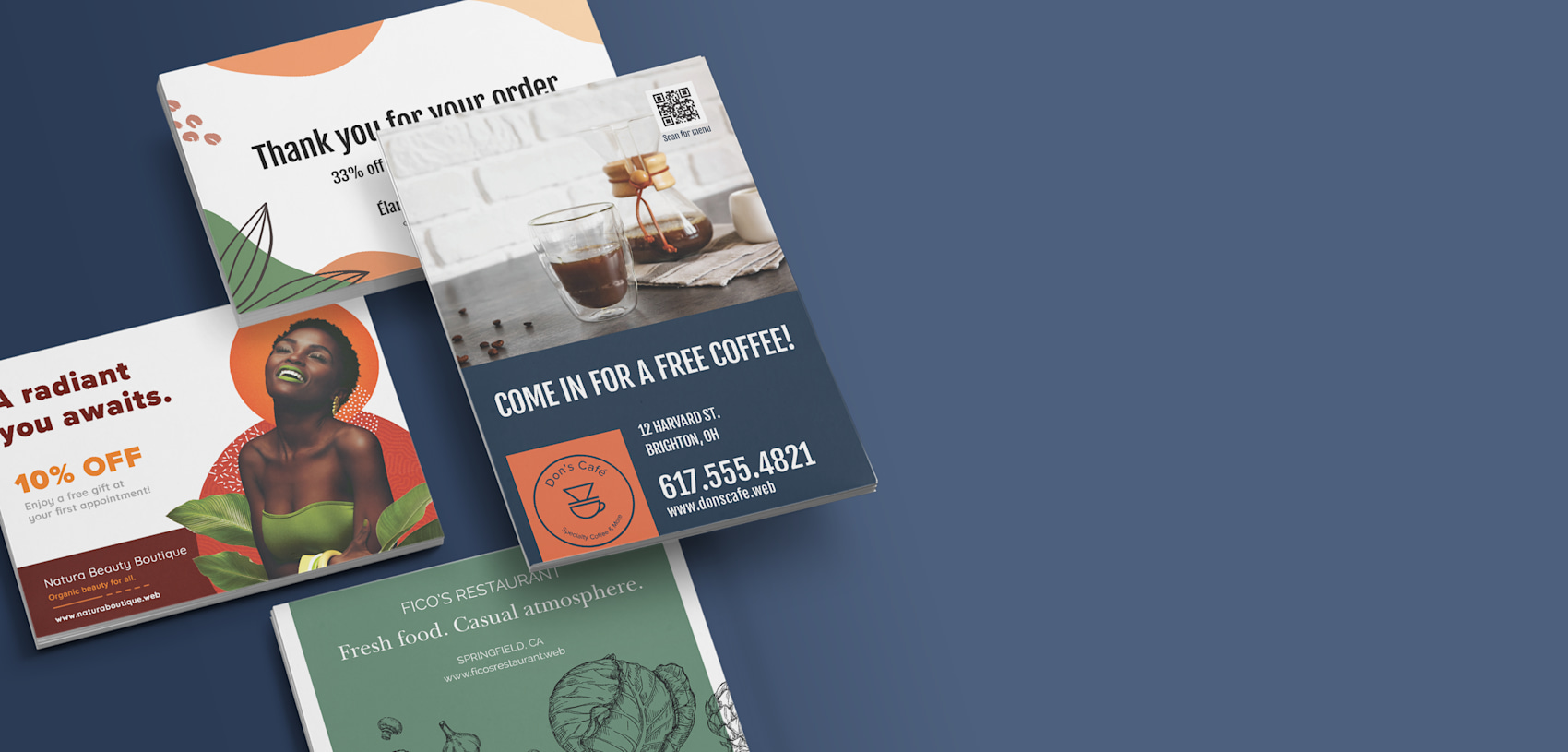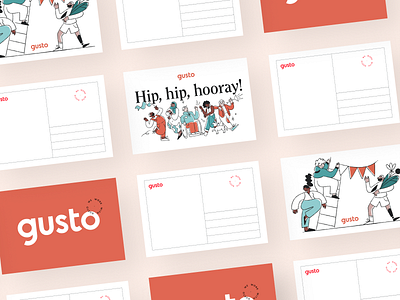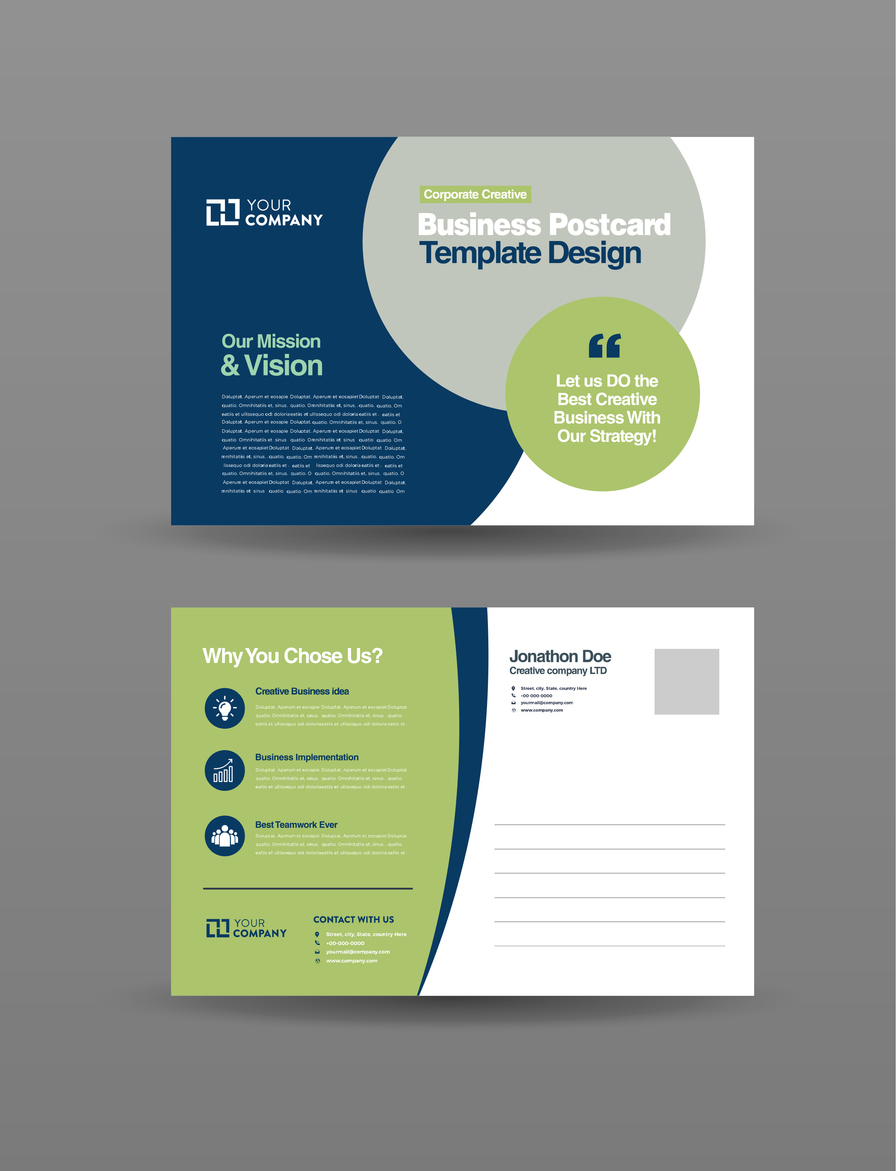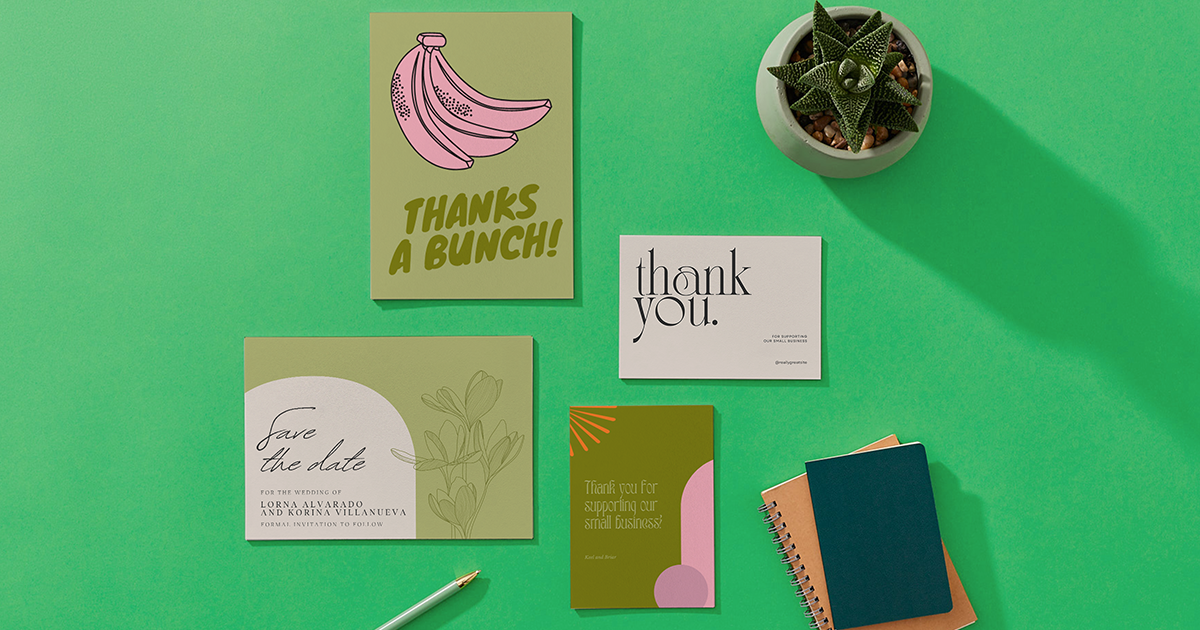Design postcards as we know them today, with a picture on one side and space for a message and address on the other, first appeared in Austria in 1869. They were called “Correspondenz-Karte” or correspondence cards, and were intended as a cheaper and more convenient alternative to letters.
However, postcards had been used in various forms for many years prior to this. In the early 19th century, pictureless postcards known as “plain cards” were used to send brief messages. In the mid-19th century, various types of picture postcards began to appear, including lithographic cards and cards with designs printed on them.
It’s also worth noting that the concept of sending messages through the mail dates back much further, to at least the ancient Egyptians, who used a system of couriers to deliver messages on papyrus scrolls. The modern postal system, which made sending letters and postcards much more accessible to the general public, began to develop in the 19th century.
What is postcard design
Design postcard is the process of creating a visual representation of a postcard, which is a small rectangular card typically used for sending messages or greetings through the mail. The design of a postcard involves incorporating various elements such as images, typography, colors, and layout to convey a specific message or theme. A well-designed postcard should be eye-catching, easy to read, and memorable to the recipient. Postcard design can be used for a variety of purposes such as advertising, promotion, or personal communication, and can be created using various tools and software such as graphic design software or online postcard templates.
Why are postcards important
 Design postcard are important for several reasons:
Design postcard are important for several reasons:
- Communication: Postcards serve as a way of communication between people who are far away from each other. They provide a personal touch to the message being sent, as the sender can choose a design that the recipient would like, and can write a personalized message on the back.
- Travel: Postcards are a popular souvenir item for travelers. They provide a way for travelers to share their experiences with friends and family back home, and also serve as a reminder of the places they visited.
- Historical Value: Postcards also have historical value, as they provide a glimpse into the past. They can show what a place looked like at a certain point in time, or what people were interested in during a certain era.
- Artistic Value: Postcards can also be works of art in themselves. Many postcards feature beautiful designs, photographs, or illustrations, and are collected by people who appreciate their artistic value.
- Marketing: Postcards can also be used for marketing purposes. They can be used to promote a business or a tourist attraction, and can be an effective way of reaching potential customers.
Overall, postcards have a unique place in communication and culture, and continue to be a popular means of sharing messages and memories.
Best postcard design
Here some tips for creating a great postcard design:
- Keep it simple and visually appealing: Use a clean and uncluttered design with a clear focal point that catches the recipient’s attention.
- Use high-quality images: Choose high-quality images that are relevant to the postcard’s theme or message.
- Consider the message: Ensure that the design complements the message you want to convey, whether it’s a greeting, an announcement, or an invitation.
- Play with color: Use a color scheme that is pleasing to the eye and matches the postcard’s theme.
- Use easy-to-read fonts: Choose fonts that are easy to read and match the overall style of the design.
- Incorporate personal touches: Consider adding a handwritten note or signature to add a personal touch.
- Ensure print quality: Before printing, make sure to review and proofread the design to ensure that it looks great in print.
Are postcards worth anything
Postcards can have value to collectors, but it depends on factors such as age, rarity, condition, and historical significance. Some postcards may be worth a few cents, while others can be worth hundreds or even thousands of dollars.
Collectors typically look for postcards that are unusual, depict historical events or landmarks, or feature famous people or artists. Additionally, postcards with unusual stamps or postmarks can also increase their value.
It’s important to note that not all postcards have value, and it can be difficult for a novice to determine the value of a postcard without expert knowledge or research. If you have a collection of postcards that you think may be valuable, it’s a good idea to consult with a reputable appraiser or dealer who specializes in postcards to get an accurate assessment of their worth.
Who designs cards
Cards can be designed by a variety of people depending on the type of card and its intended purpose.
For example, playing cards used in games like poker or bridge are typically designed by graphic designers who specialize in creating card designs. They may work for a game manufacturer or be freelance designers.
Greeting cards, such as birthday or holiday cards, are designed by artists, illustrators, or graphic designers. They may work for a greeting card company or be independent designers who sell their designs to card companies.
Trading cards, like sports cards or collectible cards, are often designed by the companies that produce them, such as Topps or Upper Deck.
In short, the design of cards can be the work of various professionals in the creative industry.
Design postcards for business
Sure! Here are some steps to design postcards for business:
- Determine the purpose and message of the postcard: Before designing the postcard, decide what the purpose of the postcard is, and what message you want to convey. This will help you decide on the design elements, layout, and content.
- Choose the size and format of the postcard: Postcards come in a variety of sizes and formats, such as standard postcard size (4″x6″), oversized postcards, folded postcards, and more. Choose a size and format that works best for your message and design.
- Select high-quality images and graphics: Choose high-quality images and graphics that are relevant to your message and brand. Use images that are clear, well-lit, and visually appealing.
- Use a clear and easy-to-read font: Choose a font that is easy to read and complements your message and design. Use a larger font for headings and a smaller font for body text.
- Incorporate your branding: Use your brand colors, logo, and other branding elements to make your postcard recognizable and memorable. This will help build brand awareness and reinforce your brand image.
- Keep it simple: Don’t overcrowd your postcard with too much information or too many design elements. Keep it simple, easy to read, and visually appealing.
How to design postcards
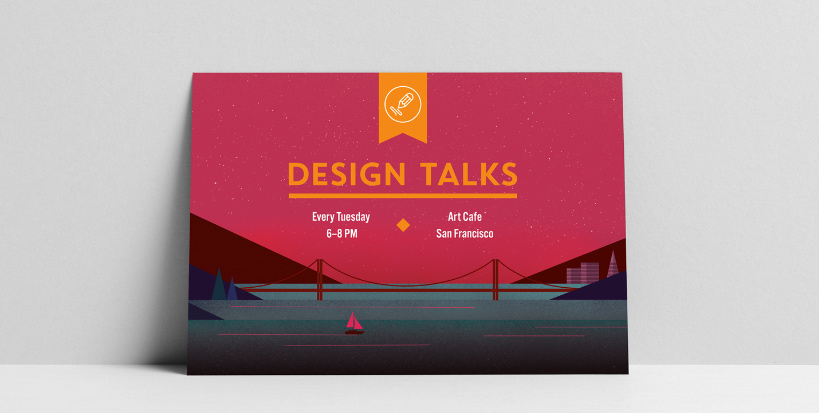 Here some general tips on design postcards.
Here some general tips on design postcards.
- Choose a theme: Decide on a theme for your postcard, such as travel, nature, or a specific holiday or occasion.
- Select an image: Choose a high-quality image that is related to your theme. You can use your own photographs or find royalty-free images online.
- Add text: Include a brief message on your postcard. Keep it short and sweet, and consider adding a call to action, such as “come visit soon!” or “wish you were here!”
- Choose a color scheme: Select colors that complement your image and theme. Stick to a few colors to keep your postcard visually appealing.
- Use a readable font: Select a font that is easy to read, and make sure it is large enough to be legible.
- Include necessary information: Include the recipient’s address, postage, and a return address on your postcard.
- Print and send: Print your postcard on high-quality paper or cardstock, and send it on its way!
Design Postcards: Frequently Asked Questions
Q: How can I ensure my postcards are visually appealing? A: Focus on a cohesive color palette, impactful visuals, and concise messaging to create visually stunning postcards.
Q: What’s the significance of LSI Keywords in postcard design? A: LSI Keywords, when integrated seamlessly, enhance the optimization of postcards without compromising on creativity.
Q: Can I design postcards for digital use? A: Absolutely! While printed postcards have their charm, digital versions can be equally effective for online sharing and communication.
Q: Are there standard dimensions for postcards? A: Yes, standard postcard dimensions exist, but feel free to experiment with unique shapes and sizes based on your design preferences.
Q: How can I overcome challenges in postcard design? A: Balancing text and images, addressing printing constraints, and staying creative amidst challenges are key aspects of overcoming design hurdles.
Q: What are effective call-to-action techniques for postcards? A: Use compelling language, provide clear instructions, and create a sense of urgency to encourage recipients to take the desired action.
Conclusion:
Designing postcards is an art that combines creativity, strategy, and a personal touch. From visual storytelling to overcoming design challenges, this guide has equipped you with the knowledge to craft postcards that leave a lasting impression. Design postcards that not only convey your message but also become cherished keepsakes for those who receive them.



